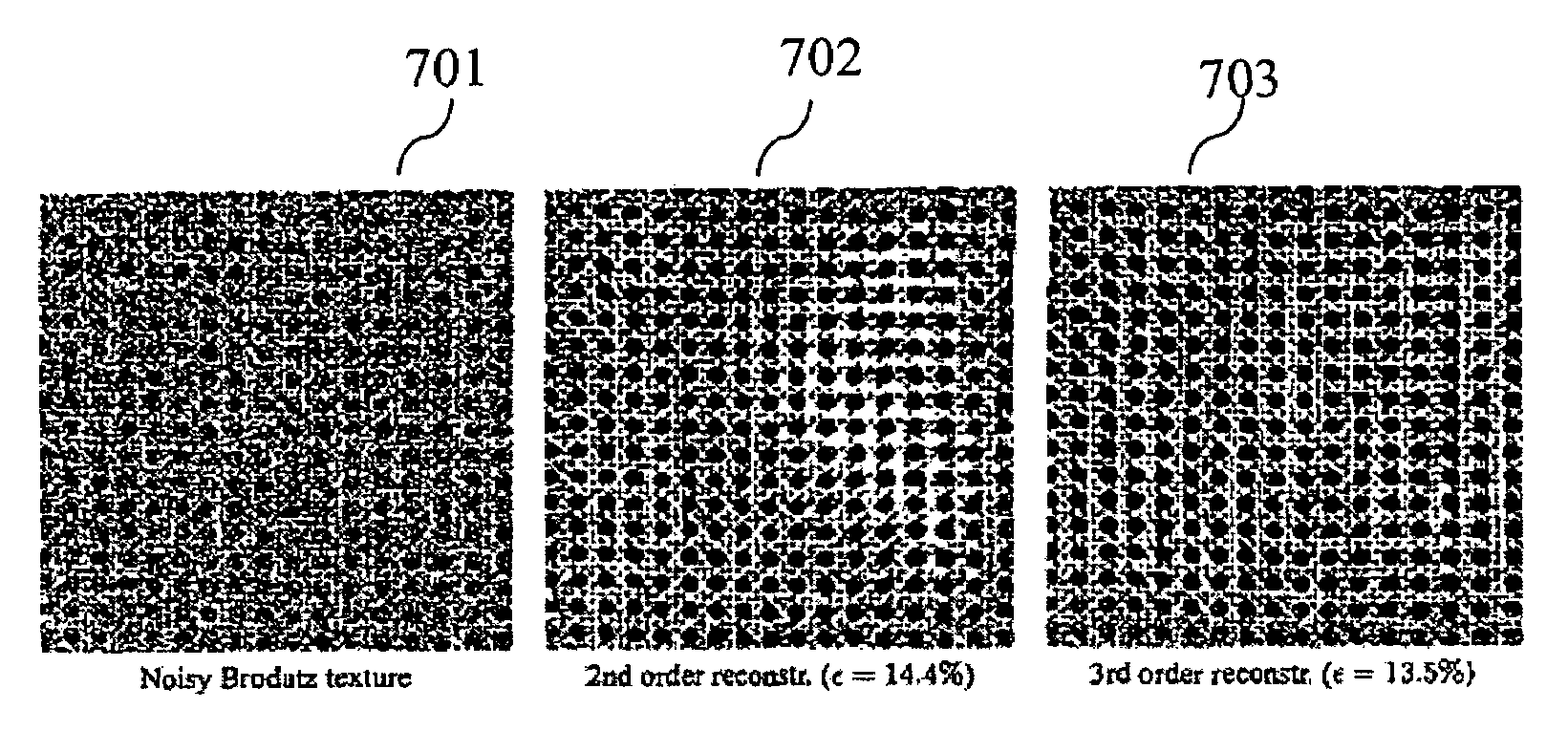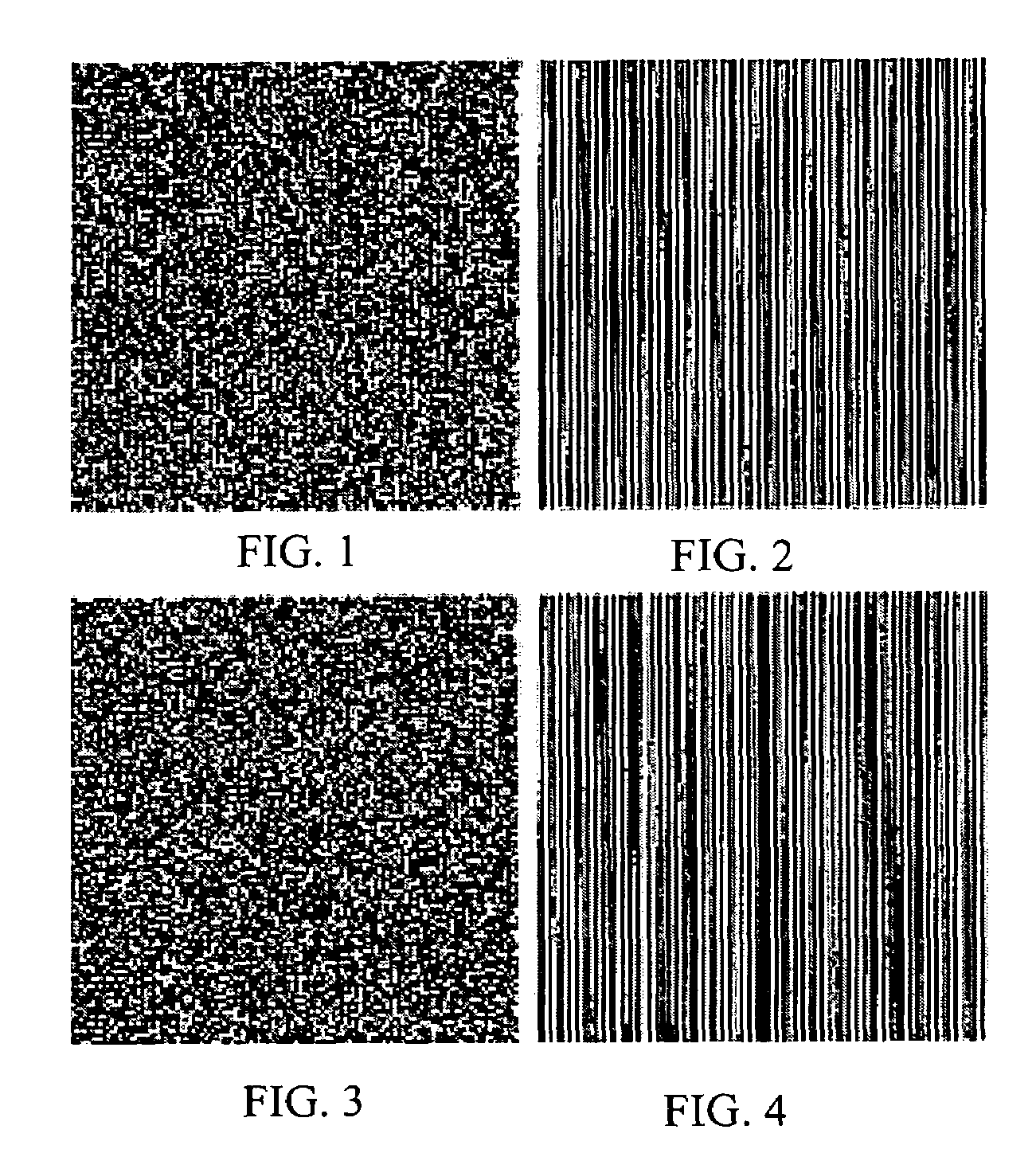Statistical priors for combinatorial optimization: efficient solutions via graph cuts
a combinatorial optimization and graph cutting technology, applied in probabilistic networks, instruments, computing, etc., can solve the problems of reducing processing time and inefficient handling of related combinatorial optimization problems in image processing
- Summary
- Abstract
- Description
- Claims
- Application Information
AI Technical Summary
Benefits of technology
Problems solved by technology
Method used
Image
Examples
Embodiment Construction
[0029]The present invention, in one aspect, relates to combinatorial optimization via graph cuts. The optimization of cost functions of the form (1) is in general an NP-hard combinatorial problem. The pioneering works of Picard and Ratliff and of Greig et al. showed that certain functions E of binary-valued variables can be represented by a directed graph G(ν,ε) with nonnegative edge weights and two nodes s and t, called source and sink, such that the optimum of the function E corresponds to the minimal s-t-cut of the respective graph. See, for example, J. C. Picard and H. D. Ratliff. Minimum cuts and related problems. Networks, 5:357-370, 1975 and D. Greig, B. Porteous, and A. Seheult. Exact maximum a posteriori estimation for binary images. J. Roy. Statist. Soc., Ser. B., 51(2):271-279, 1989. Due to the theorem of Ford and Fulkerson, the computation of the minimal cut is equivalent to computing the maximum flow from the source to the sink. See, L. Ford and D. Fulkerson. Flows in N...
PUM
 Login to View More
Login to View More Abstract
Description
Claims
Application Information
 Login to View More
Login to View More - R&D
- Intellectual Property
- Life Sciences
- Materials
- Tech Scout
- Unparalleled Data Quality
- Higher Quality Content
- 60% Fewer Hallucinations
Browse by: Latest US Patents, China's latest patents, Technical Efficacy Thesaurus, Application Domain, Technology Topic, Popular Technical Reports.
© 2025 PatSnap. All rights reserved.Legal|Privacy policy|Modern Slavery Act Transparency Statement|Sitemap|About US| Contact US: help@patsnap.com



